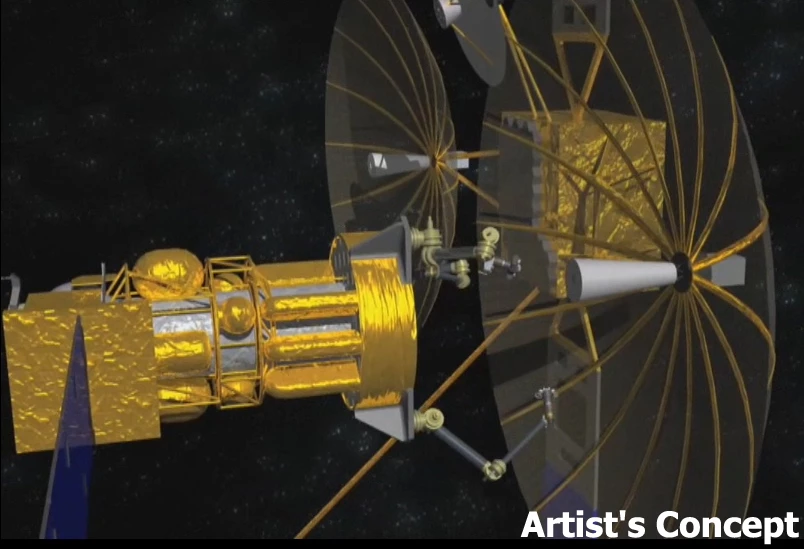Satellites are very expensive to put into orbit. This is because the parts that they're built from are costly to make, but also because it requires so much energy to lift their considerable weight off the Earth's surface. It would then follow that satellites would cost less if they could use salvaged parts, and if they were lighter when lifting off from the launch pad. That's where DARPA's proposed Phoenix program comes into play. It would see a purpose-built spacecraft removing usable parts from the plethora of "dead" satellites currently in orbit, then leaving those parts for attachment to newly-arriving satellites.
According to DARPA (Defense Advanced Research Projects Agency), there are currently over 100 decommissioned satellites in geosynchronous orbit around the earth. Depending on their condition, these spacecraft could contain perfectly usable parts worth a total of as much as US$300 billion - that's a lot of good junk sitting up there. DARPA is particularly interested in retrieving antennas, as these are expensive to make, heavy to put into space, and should still be in good condition.
At the heart of Phoenix would be an unmanned spacecraft known as a "tender," which would be launched into orbit first. It would be followed by a payload orbital delivery system (PODS), which would hitch a ride into orbit with a commercial satellite. The tender would then locate the PODS, and extract from it a number of nanosatellites, or "satlets." It would store these aboard itself, in what is described as its tool belt.
The tender would then proceed into the so-called "graveyard orbit," where satellites are parked once they're no longer useful. It would locate a specific satellite, whose owner had already given permission for it to be salvaged, and attach some of the satlets to its antenna. Remotely-controlled by an Earth-based human operator, it would proceed to use its manipulator arms to remove the antenna - not an easy task, as satellites are not made to be taken apart.
Once the antenna was off, the tender would move it to another area, where it would be parked with the satlets still on board. When a new antenna-less satellite arrived in orbit, the tender would relocate the parked antenna via those satlets, and attach it to the newcomer.
The video below shows how all the steps would come together.
It's an ambitious project, and DARPA is currently seeking partners to help make it a reality. Like a lot of big ideas, however, someone else already thought of something similar ... does anyone remember Salvage-1?
Source: New Scientist




